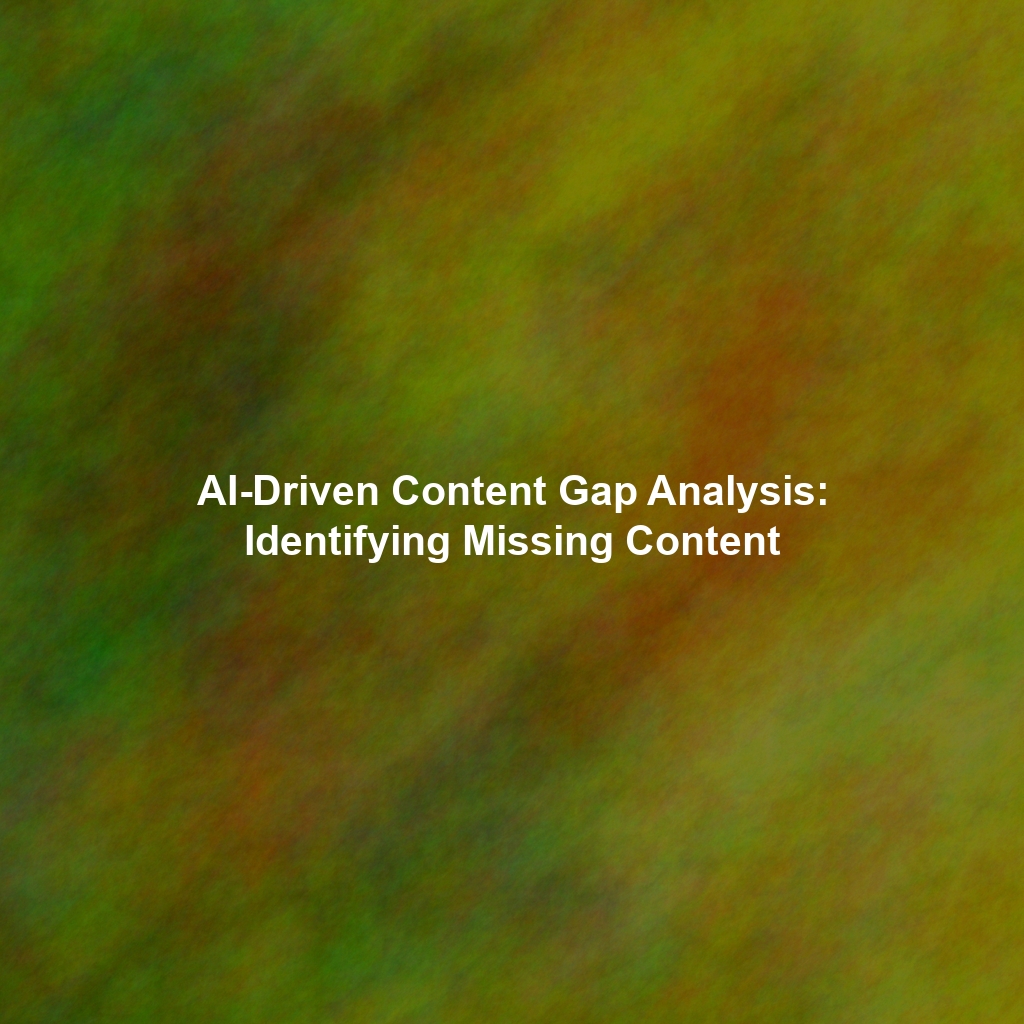The Fragile Promise: When Supply Chain Meets Marketing Hype
The Anatomy of the Disconnect: Where Promises Go Wrong
The disconnect between marketing and supply chain isn’t usually born of malicious intent. More often, it’s a byproduct of complex systems operating in silos and unforeseen global events. Let’s break down some key areas where things go wrong:
- Overly Optimistic Forecasting: Marketing departments, driven by sales targets, can sometimes overestimate demand. This optimistic forecasting doesn’t always align with the realities of production capacity, raw material availability, or transportation bottlenecks, leading to stockouts and delayed deliveries.
- Ignoring Supply Chain Vulnerabilities: A robust marketing campaign can amplify the impact of a weak link in the supply chain. If a company heavily relies on a single supplier, a natural disaster or geopolitical event affecting that supplier can cripple the entire operation, rendering marketing promises of timely delivery hollow.
- Lack of Real-Time Visibility: Without end-to-end visibility into the supply chain, marketing teams are essentially flying blind. They might launch promotions without knowing that a critical shipment is stuck in port or that a key component is unavailable. This lack of transparency makes it impossible to manage customer expectations effectively.
- Inadequate Communication: When disruptions occur, clear and timely communication is crucial. However, many companies fail to proactively inform customers about delays or product shortages. This silence breeds suspicion and anger, turning potential brand advocates into vocal detractors.
- Inflated Delivery Time Expectations: Thanks to the likes of Amazon Prime, customers have increasingly high expectations about delivery times. Marketing messages often reinforce these expectations, even when supply chain realities make them unrealistic. Promoting “next-day delivery” when it’s frequently impossible is a recipe for disaster.
The Ripple Effect: Consequences of Broken Promises
The consequences of failing to deliver on marketing promises due to supply chain issues extend far beyond individual transactions. The impact can be devastating to a brand’s long-term health:
- Damaged Brand Reputation: In today’s connected world, negative experiences spread like wildfire on social media and review sites. A few high-profile delivery failures can quickly tarnish a brand’s reputation and erode customer trust.
- Lost Sales and Customer Attrition: Customers who are repeatedly disappointed by late deliveries or product shortages are likely to take their business elsewhere. Acquiring new customers is far more expensive than retaining existing ones, making customer attrition a costly consequence.
- Increased Customer Service Costs: Dealing with angry and frustrated customers requires significant resources. Customer service teams are often overwhelmed with complaints about delayed orders, leading to longer wait times and lower satisfaction levels.
- Erosion of Employee Morale: When employees are constantly dealing with customer complaints and trying to explain supply chain failures, their morale suffers. This can lead to higher turnover and lower productivity.
- Legal and Regulatory Issues: In some cases, false or misleading marketing claims related to product availability or delivery times can attract the attention of regulatory agencies. This can result in fines, lawsuits, and reputational damage.
Real-World Examples: Supply Chain Disruptions in Action
The past few years have provided a stark reminder of the fragility of global supply chains. From the COVID-19 pandemic to geopolitical conflicts, numerous events have exposed vulnerabilities and highlighted the disconnect between marketing promises and reality. Here are a few examples:
- The Semiconductor Shortage: The global semiconductor shortage, triggered by increased demand for electronics and disruptions to manufacturing, has affected numerous industries, including automotive, consumer electronics, and gaming. Automakers have been forced to halt production, leading to long wait times for new vehicles. Marketing campaigns promoting new car features and performance have been undermined by the inability to actually deliver the product.
- Port Congestion: During the pandemic, major ports around the world experienced severe congestion, causing significant delays in the movement of goods. This affected everything from furniture and clothing to electronics and food products. Retailers struggled to keep shelves stocked, and marketing promises of “guaranteed delivery” became impossible to fulfill.
- Inflation and Price Increases: Supply chain disruptions have contributed to rising inflation, forcing companies to increase prices. Marketing campaigns promoting “value” and “affordability” have been challenged by the reality of higher costs. Consumers have become more price-sensitive and less tolerant of broken promises.
Bridging the Gap: Solutions for Aligning Marketing and Supply Chain
The good news is that the disconnect between marketing promises and supply chain realities is not inevitable. By taking proactive steps to align marketing and supply chain strategies, companies can mitigate risks, improve customer satisfaction, and protect their brand reputation. Here are some key strategies:
- Integrated Planning and Forecasting: Break down the silos between marketing and supply chain by implementing integrated planning and forecasting processes. This involves sharing data and insights across departments, aligning sales targets with production capacity, and developing contingency plans for potential disruptions.
- Enhanced Supply Chain Visibility: Invest in technology and processes that provide end-to-end visibility into the supply chain. This includes tracking inventory levels, monitoring shipments in real time, and identifying potential bottlenecks. With better visibility, marketing teams can make more informed decisions about promotions and delivery promises.
- Diversification of Suppliers: Reduce reliance on single suppliers by diversifying the supply base. This mitigates the risk of disruptions caused by natural disasters, geopolitical events, or other unforeseen circumstances. Having multiple sources for critical components ensures a more resilient supply chain.
- Realistic Delivery Time Expectations: Set realistic delivery time expectations in marketing materials and online checkout processes. Avoid making promises that are difficult to keep, especially during periods of high demand or supply chain volatility. Transparency is key to building trust with customers.
- Proactive Communication: Communicate proactively with customers about potential delays or product shortages. Provide regular updates on order status and offer alternative solutions, such as expedited shipping or substitute products. Honesty and transparency are essential for maintaining customer loyalty.
- Agile Marketing Strategies: Develop agile marketing strategies that can be quickly adapted to changing supply chain conditions. This involves monitoring inventory levels, tracking delivery performance, and adjusting marketing campaigns accordingly. Flexibility is crucial for navigating uncertainty.
- Invest in Supply Chain Technology: There are many technology solutions available to help optimize supply chain management, including demand forecasting software, inventory management systems, and transportation management platforms. Investing in these technologies can improve efficiency, reduce costs, and enhance visibility.
- Scenario Planning and Risk Management: Conduct regular scenario planning exercises to identify potential supply chain risks and develop mitigation strategies. This involves considering a range of possible disruptions, such as natural disasters, cyberattacks, and geopolitical conflicts.
The Future of Marketing and Supply Chain: A Symbiotic Relationship
In the future, marketing and supply chain will need to work even more closely together to meet evolving customer expectations and navigate an increasingly complex global landscape. Companies that prioritize collaboration, transparency, and resilience will be best positioned to deliver on their marketing promises and build lasting relationships with customers. The key is to view the supply chain not as a cost center, but as a strategic asset that can drive competitive advantage.
Conclusion: Rebuilding Trust Through Realistic Promises
The disconnect between marketing promises and supply chain realities is a significant challenge for brands today. By understanding the root causes of this disconnect and implementing proactive solutions, companies can bridge the gap, rebuild customer trust, and ensure that their marketing efforts are aligned with their operational capabilities. In a world where supply chains are increasingly vulnerable, realistic promises and transparent communication are the foundation of a strong and sustainable brand.
 Skip to content
Skip to content
